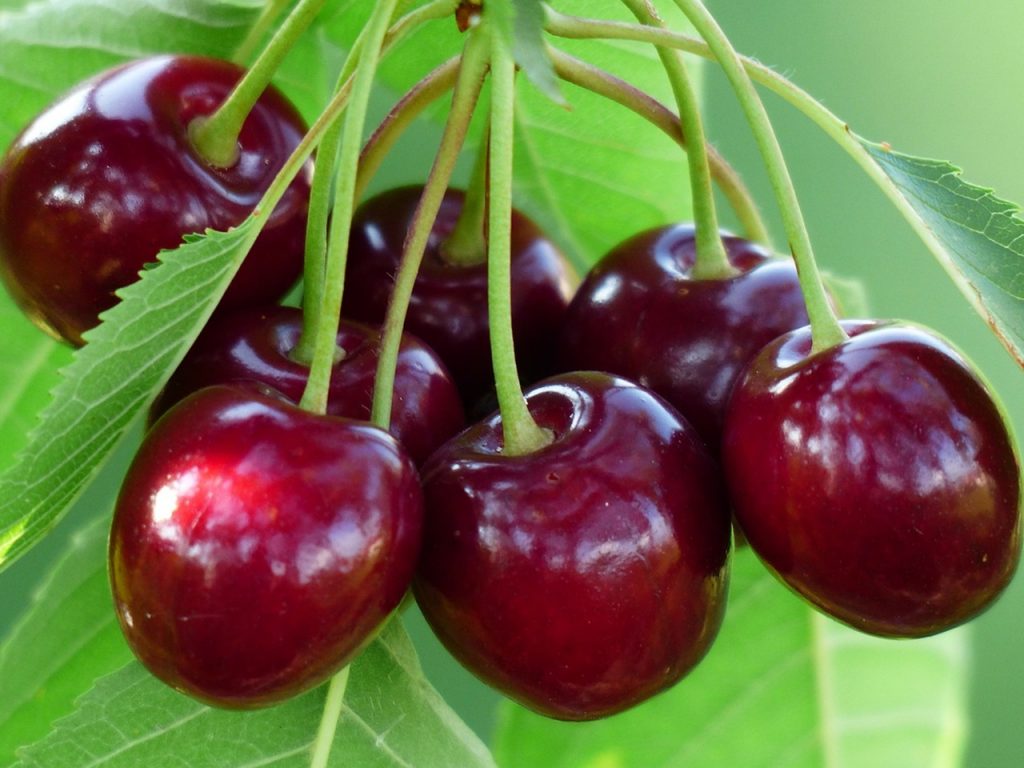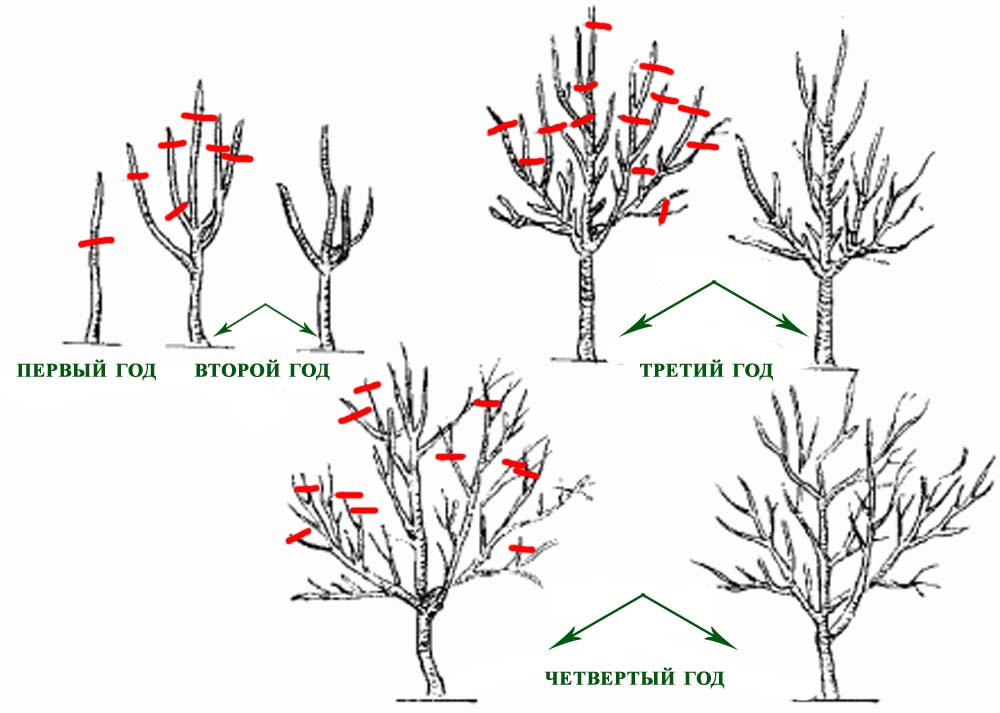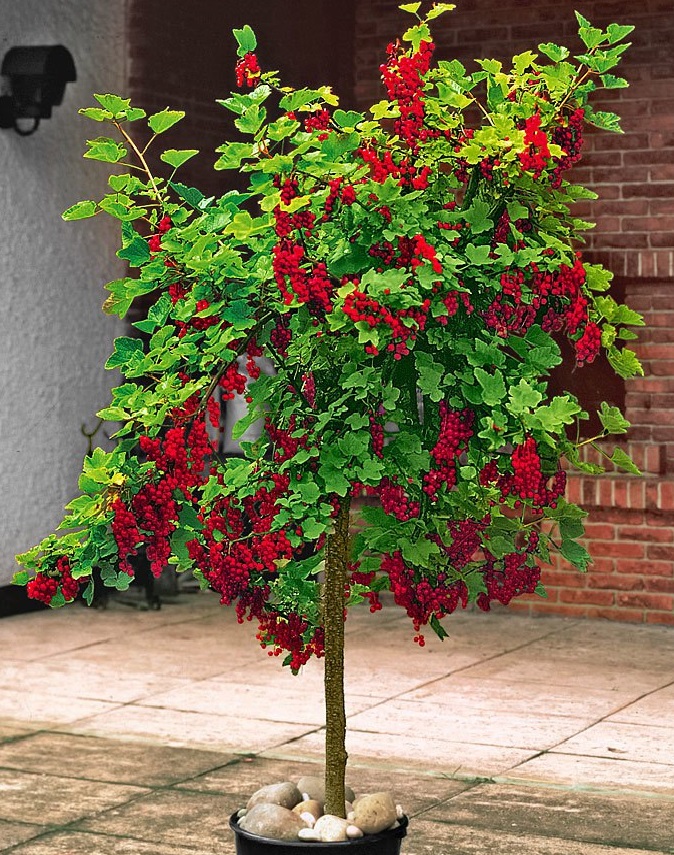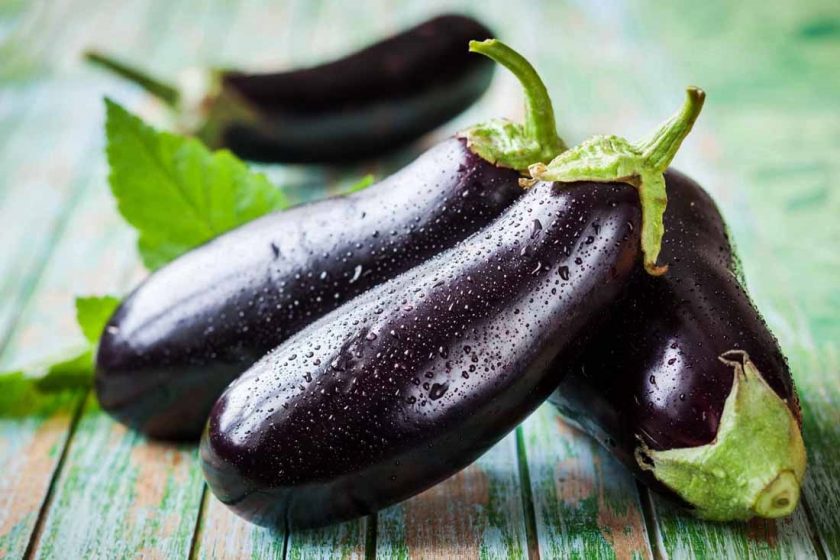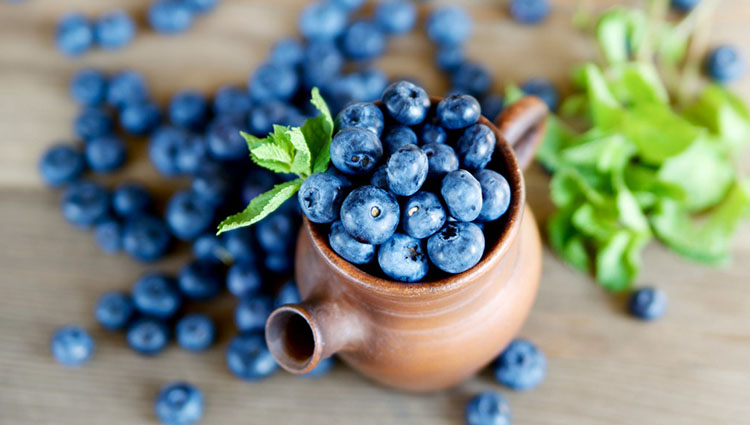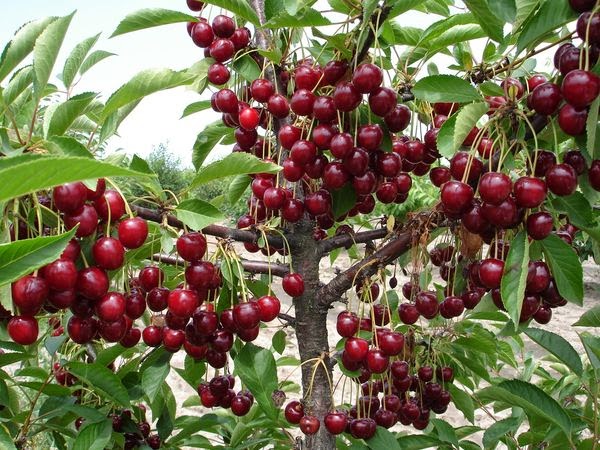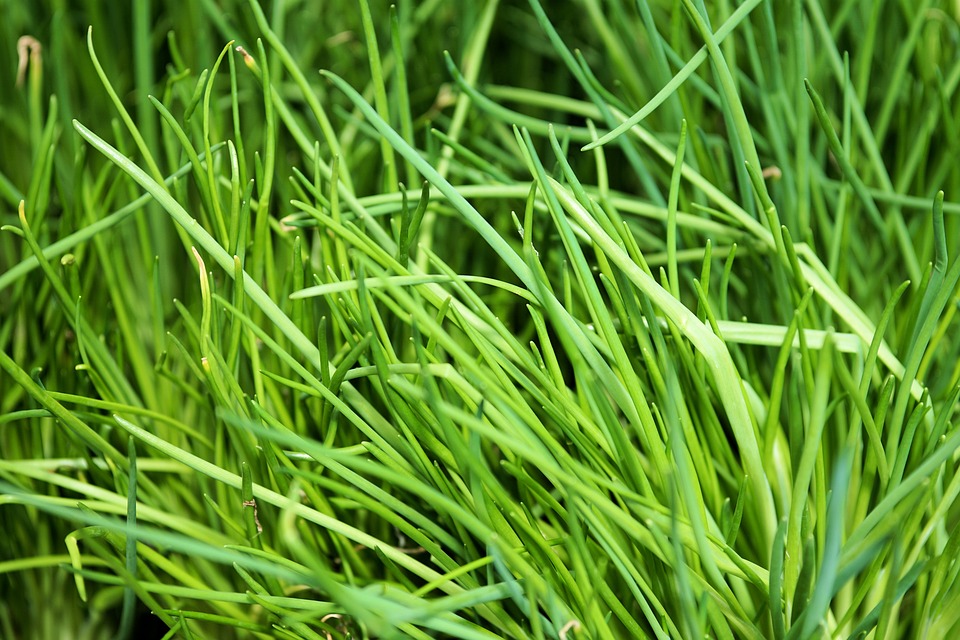Content:
Sweet cherry is a popular garden culture. It is most often found in gardens in warm regions, since it does not always endure severe winters in the north. This plant is self-fertile, so several varieties should be planted for a good harvest.
There are a huge number of sweet cherry varieties in the world, but not all of them are suitable for cultivation in all regions of Russia. Domestic breeders have bred species that grow and bear fruit well even in the middle lane. Among such varieties are Severnaya, Pamyat Syubarova, Tyutchevka. Also species resistant to return spring frosts - Fatezh and Italiana - appeared in nurseries.
Cherry fruits contain a relatively small amount of calories - only 52 kcal per 100 g of berries. This is due to the fact that the fruit is 82% water. Cherry is less useful than cherry, however, it also contains vitamins, trace elements, iron, iodine, potassium and other nutrients. Most often, berries are eaten fresh, but they are also good for making juices, compotes and jams. How to grow this culture on your site and how does sweet cherry propagate?
How to plant pitted cherries at home
Novice gardeners are interested in how to propagate this garden culture. The most common question: how can cherries be grown from a stone at home? This is not problematic, but there is a chance that wild cherries will grow with small and sour fruits. At the same time, such a seedling will have clear advantages compared to a purchased one. Cherries made of stone will be more resistant to frost (a big plus for the northern regions) and will be less affected by diseases characteristic of stone fruits. By the way, such seedlings are good for grafting.
Stone fruits have a good germination capacity. As a rule, 7-8 seeds emerge from 10 seeds. But there is one important condition - the planting material must be fresh.
It is better to plant seeds in early spring in March. To do this, you need to prepare containers in advance. Ordinary pots are good, with a volume of at least 0.5 liters. At the bottom of the pot, be sure to put drainage in a layer of 4 cm, and then fill the container almost completely with good soil. It is best to use a special nutrient primer that can be purchased at any garden store. The planting depth of the seeds is very small (before planting, the seeds can germinate). They are covered only 1 cm, but in no case deeper. Otherwise, the sprouts will appear much later. The planted seeds are watered abundantly. You can plant 3-4 seeds in one pot, but there should be a distance of at least 2-3 cm between them. If all the seedlings sprout, then the extra green plants can then be easily planted.
When the seedlings grow up (up to 10-15 cm), they should be transplanted into larger pots (1.5-2 liters), where they will grow before they are planted in open ground. Water the seedlings abundantly so that the soil is not dry. Future trees grow in pots until next spring. Saplings should be planted in a permanent place in the garden in the spring. Already for 4 years, the tree can give a crop. But experienced gardeners recommend inoculating in the 3rd year, picking up cuttings of good varieties. Several different ones can be grafted onto one cherry from the stone. The easiest way to do cleft grafting is to make an oblique cut.
Layers should be placed in the split to a depth of 3-4 cm. Only 15 cm of the cutting should remain on the surface, it is recommended to remove everything else with a pruner. After all procedures, the vaccination site must be fixed. A special tape will help with this, but its sticky side should be outside.
For some time, the grafted cuttings will take root and, if everything went well, then after a few weeks, young leaves will appear on the shoots above the graft site.
Growing cherries: planting and step by step care
Even before planting this garden culture on the site, you need to choose a suitable place for the cherries. Better if these are the southern slopes. They must be well lit and protected from cold winds. Varieties adapted for the capital region can be planted not only in the Moscow region, but, for example, in Udmurtia, Nizhny Novgorod and Leningrad regions. However, in the latter, it is recommended to create artificial mounds and plant seedlings on them. This is not difficult to do - the soil level is raised by only 50 cm.This procedure will provide the seedling with more light, because this is what the cherry loves so much.
Cherry trees, like cherry trees, prefer fertile soil. The best option is sandy loam or loamy.
Cherry loves abundant watering, but it is also not worth planting in areas with surface groundwater. For a good harvest, it is not enough to plant one variety, it is best to plant 2-3 different varieties at once. It will also be nice if there are cherries in the garden. This will also contribute to good pollination of the trees.
The best time for planting cherry seedlings is early spring. You need to have time to plant young plants before bud break. However, it is recommended to prepare planting pits in the fall. Dig them to a depth of 50 cm and a width of 80 cm. If the soil on the site is poor, then 1-2 buckets of well-rotted compost or other nutritious fertilizer are added to each hole. Mineral dressings do not need to be added in the fall. They are placed in the pit just before planting in the spring. 50 g of superphosphate, urea and potassium fertilizers are added to each pit, and then all this is mixed well with the soil. Also, if possible, you can add half a kilogram of wood ash to the planting hole.
Before planting, it is recommended to root the seedlings by keeping for at least 6 hours in a solution of root or zircon. These preparations will help the root system of young plants grow quickly and become more powerful.
During planting, the seedlings do not need to be buried; the root collar should be at soil level. The trees are planted at a distance of 2.5-3 m from each other. A close planting will create extra shade, and with a more sparse planting, trees will be poorly pollinated. After planting, young plants are watered abundantly. It is advisable to pour 1-2 buckets of warm water under each seedling.
How to grow cherries? What kind of care does she need next? For the first 2-3 years, young trees do not need to be fed, since a sufficient amount of fertilizer was introduced into the pit during planting. However, in the early years, plants need abundant watering. In dry and hot weather, they are watered once a week. 2-3 buckets of water are poured onto each tree. Autumn watering is mandatory, on which the winter hardiness of trees depends.
In the 4th year after planting, the cherry plantings can begin to be fed. It is recommended to do this twice a year. The first top dressing is applied in early spring - urea is scattered over a crust of ice at the rate of 50 g of fertilizer per 1 m², and the second is carried out in August. This time potash and phosphate fertilizers are used.From the fourth year, the watering of cherries is reduced: in hot summer they are watered once every 2 weeks, and in normal weather - once every 3 weeks or even once a month. At the same time, abundant watering in the fall is also required.
Under no circumstances should the soil under the plantings be loosened. In the 4th year, it is better to turf it, but the weeds need to be mowed. In the fall, the trees are whitened, and in the spring, trapping belts are installed that will prevent ants and other crawling insects from climbing onto the branches.
Sanitary pruning is required every spring. First of all, dry and diseased branches are removed. Thick cuts must be covered with garden pitch, thin cuts made with pruners are optional. In more northern regions, it is recommended to insulate the bases of trees; this can be done with the help of spruce branches.
Cherry berries are loved not only by people, but also by birds. In order not to be left without a crop, you need to hang as many shiny objects as possible on the trees. Discs, foil, tinsel will do. But the best effect is given by special nets, which cover trees from the invasion of birds. As a result, all the berries will remain safe and sound.
Problems with the reproduction of cherries from the stone
The propagation of cherries from the stone is not a difficult procedure, but it may not bring the effect that an amateur gardener expects. First of all, it will be difficult to determine which variety the grown seedling belongs to. It often happens that a wild cherry grows from a stone. This is excluded if a grafted seedling is planted. Although there is all hope for the good faith of the seller.
Therefore, the answer to the question of how to propagate cherries better is unambiguous - it is better to buy a ready-made seedling. A seed-grown crop will yield a crop, but the berries will not grow as the gardener expected. That is why many people recommend not to dwell on the grown seedling, but to make several grafts on it. Firstly, the grafted trees will definitely give a crop (if, of course, the grafting was done correctly and took root), secondly, the winter hardiness of such seedlings will be much higher than that of seedlings from nurseries, and thirdly, it will grow on one tree several varieties of cherries at once. The last plus, after all, comes in handy for those who have a small dacha.
